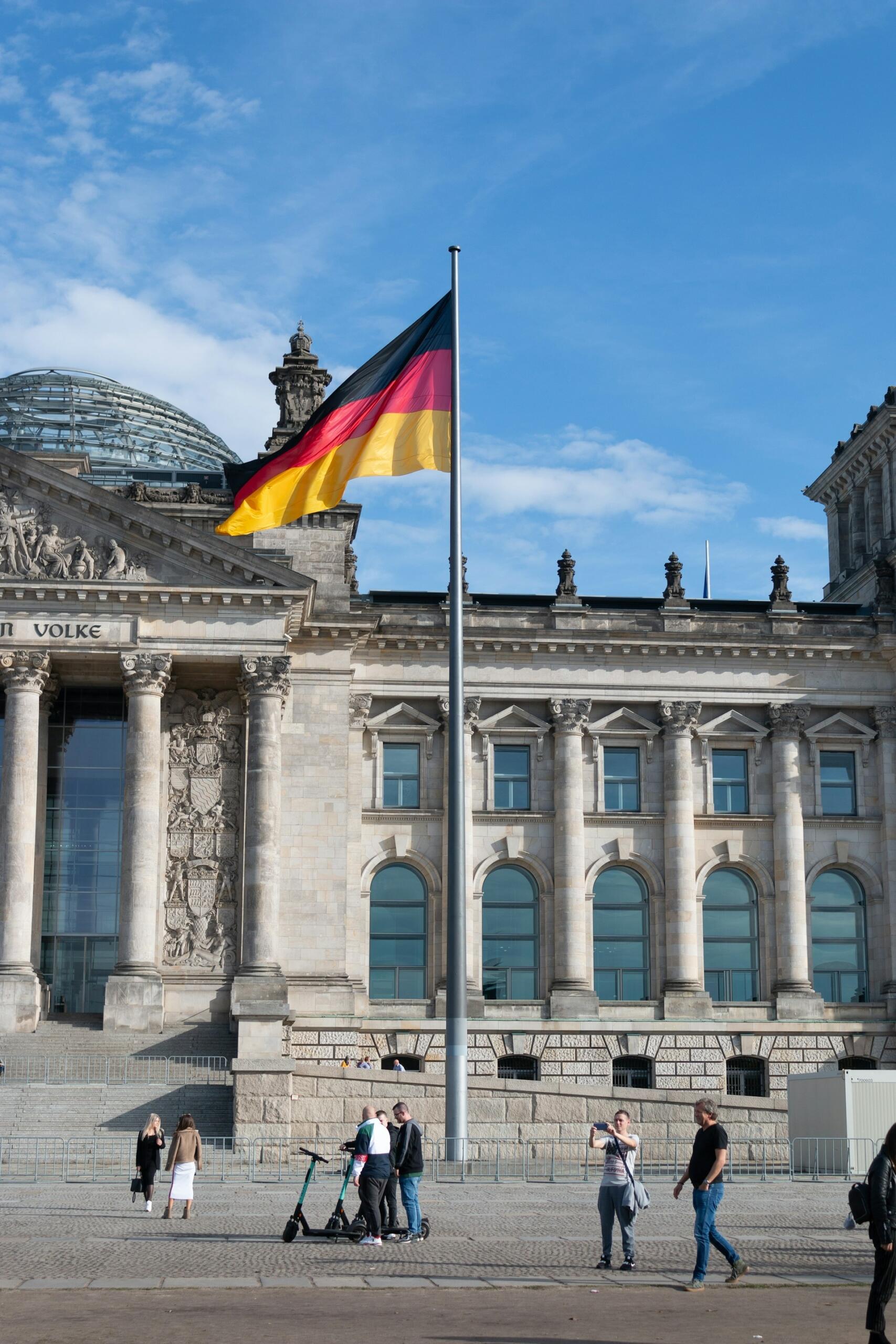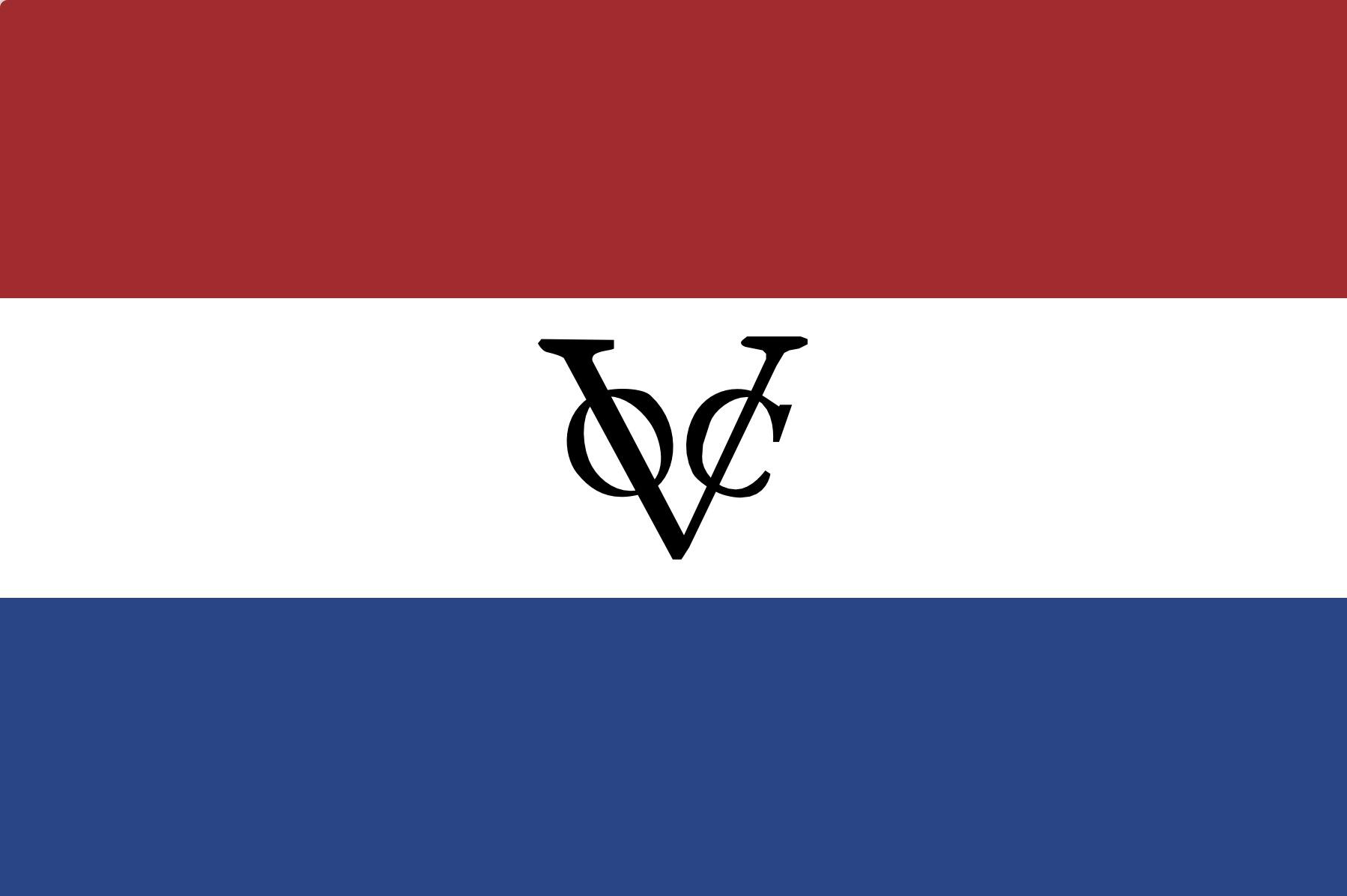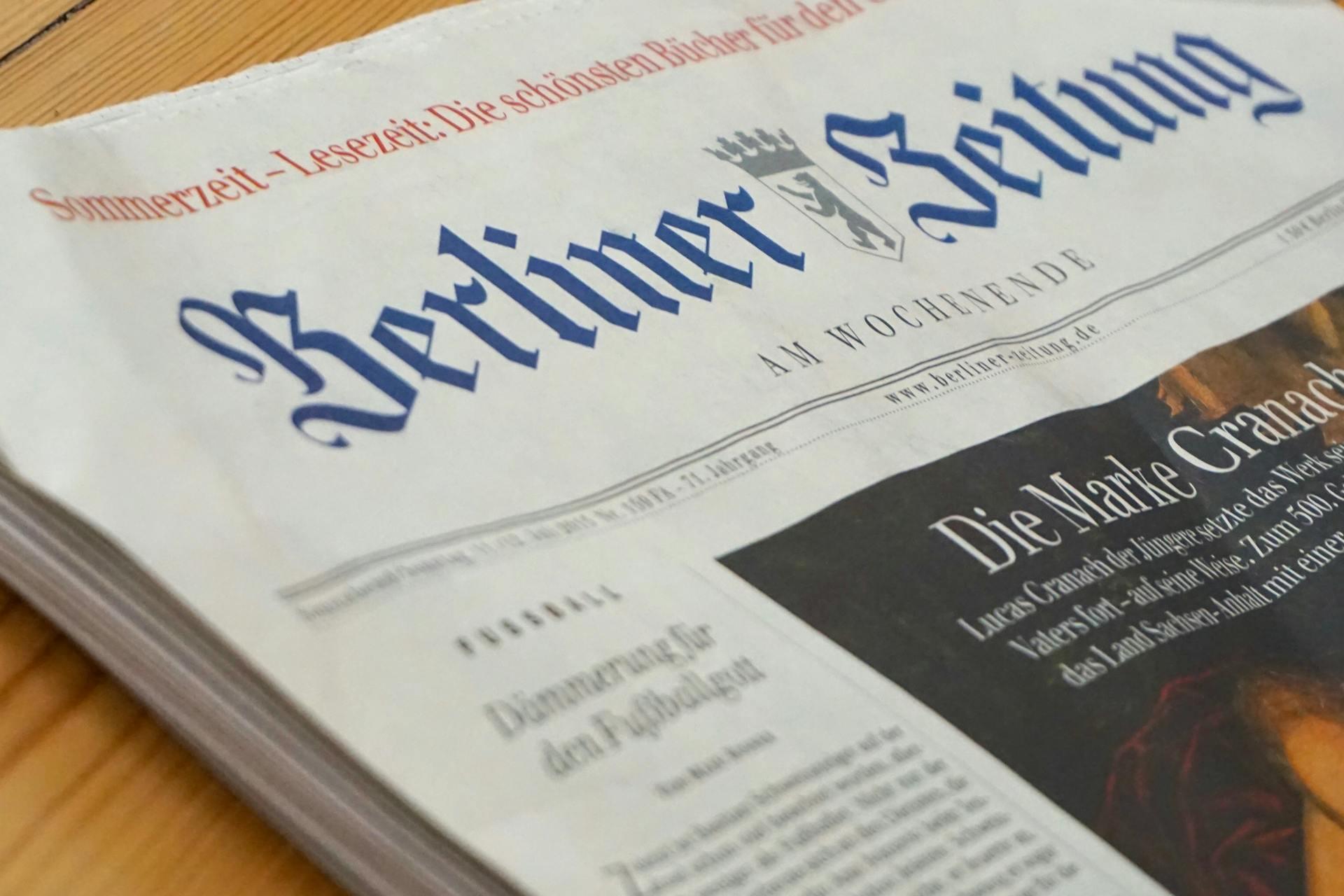When hearing about the West Germanic language, we are often inclined to think that this is mainly the German language, but did you know that English and Dutch are also part of the West Germanic family. Also, the West Germanic language represents only one part of the whole Germanic family, which also includes North and East Germanic languages. The full list of West Germanic languages includes Scots, English, West, North and Saterland Frisian, Dutch, Low German, and High German. The English language is the most prevalent and spoken West Germanic language worldwide.
| Language | Number of Speakers (Approximate) | Notes |
|---|---|---|
| English | ~1.5 billion | Includes native and second-language speakers worldwide. |
| German | ~135 million | Spoken primarily in Germany, Austria, Switzerland, and other regions. |
| Dutch | ~24 million | Spoken in the Netherlands, Belgium (Flemish), and Suriname. |
| Afrikaans | ~7 million | Derived from Dutch; spoken mainly in South Africa and Namibia. |
| Frisian | ~500,000 | Includes dialects like West Frisian, spoken in parts of the Netherlands. |
| Low Saxon/Low German | ~4.8 million | Spoken in northern Germany and parts of the Netherlands. |
| Yiddish | ~1.5 million | Spoken by some Jewish communities around the world. |
| Scots | ~1.5 million | Spoken in Scotland, distinct from Scottish Gaelic. |
| Limburgish | ~1.6 million | Spoken in the Limburg region of the Netherlands, Belgium, and Germany. |

History and Characteristics
The West Germanic languages belong to the Indo-European languages, a large language family native to western and southern Eurasia. It comprises most of the European languages, while West Germanic languages developed in the region of the North Sea, Rhine-Weser and Elbe.

It has been difficult for scholars to determine the exact relation to the three groups of Germanic language due to the lack of evidence and scripts. This is often a problem in the study of languages as things get lost or damaged over time.
However, the West Germanic group has a number of characteristics that we know were developed since the Early Middle Ages, such as, phonological, morphological and lexical innovations that are not found in the North and East Germanic languages. Many of these we still see used in modern language and communication.
Among the many local West Germanic dialects, English, Frisian, Dutch, Afrikaans, German and Yiddish are the six modern standard languages that have arisen in this family group. Each of these languages has evolved in a specific region and have experienced different evolutions that created the languages we know today. The following will be an overview of each of these languages that constitute the West Germanic language family.
West Germanic Protolanguage
There is a debate among scholars about the existence or not of a West Germanic protolanguage, that happened after the East Germanic languages broke off between the 1st and 2nd century BC. This rupture gathered the Northwest Germanic languages and created three language groups, conventionally called 'West Germanic':
- The North Sea Germanic, related to Anglo-Frisian and Old Saxon
- Weser-Rhine Germanic, related to Dutch.
- Elbe Germanic, related to the Upper German and most Central German dialects of Old High German.
Among the characteristics that are found to determine the rupture with East Germanic languages are the following linguistic innovations:
- The development of umlaut (ä, ë, ï, ö, ü)
- The sound change of [z] to [r].
- The development of the demonstrative pronoun, which is known as 'this' in modern English.
Because of the lack of written evidence, this period is strongly controversial among linguists. Nevertheless, the differences between East Germanic, North Germanic and West Germanic are present and can be found nowadays in languages differences and similarities between Central European countries and Northern or Eastern European countries. Austria and Switzerland have their own versions of the languages.
English
This international language originated in England through the ancient Germanic people that migrated to Great Britain. The English language is most closely related to Frisian and Low Saxon and has been influenced by other languages, such as French and Latin. English is often considered a mashup of different languages due to the number of different invasions of Britain in early civilization!
The most popular language of all of the West Germanic Languages is English
This language has developed over more than 1,400 years and is the most spoken language in the world today and the third-most spoken native language after Standard Chinese and Spanish.
Frisian
This West Germanic language did not have the same success as the English language, Modern Frisian is now spoken in only three remaining areas: West Frisian in the Dutch province of Friesland, East Frisian in the German Saarland and North Frisian along the west coast of the German Schleswig, which altogether represents around 8,000 speakers.
East Frisian was widespread in the northwest of the German state of Lower Saxony and in the bordering Dutch province of Groningen until the late Middle Ages but it is now largely an extinct language.
Frisian emerged a thousand years ago in the North Sea coastal area and extended itself from the modern North Holland on up to nowadays German Schleswig and the adjacent offshore islands. Frisian did not have the same social and political development as English, thus being considered more as a dialect rather than an official language.

Dutch, Flemish and Afrikaans
Dutch is the national and official language of the Netherlands and one of the national languages of Belgium with French. It is also spoken in the former Netherlands Antilles and Suriname, a former Dutch dependency. Afrikaans is a drive of Dutch and one of the national languages of South Africa, although they are both different languages today they share some history, particularly colonial history.

Dutch is a very uniform language and has remained the same written form in the Netherlands and Belgium, however just like German it has several spoken languages and dialects varieties depending on the country and region. The language used for official purposes is called Standard Dutch, while each dialect has a specific accent that characterizes the region it comes from and has a strong influence on the identity and culture.
97.5% of Netherlands natives speak Dutch, but over 40% can also speak English, German, or French. This is a multicultural hub of languages.
The Dutch language was influenced by Germanic speakers of the North Sea on one side and by South Germanic “Franconian” speakers, also known as Frankish. This happened during the 7th and 8th centuries when the Merovingian and early Carolingian powers expanded into the western coastal areas and settled in areas populated by the North Sea Germanic group.
One of the main structural characteristics of Dutch is the prominent development of the i-umlaut (ï), whereas, in all the other West and North Germanic languages, the i-umlaut affected all back vowels: ä / ö / ë / ü.
Historically, Flemish cities had a strong economic and cultural influence, particularly during the Middle Dutch period (1150-1500). Proof of that is both scribal and linguistic influences from Flanders until the 15th century. During the period of foreign rule in the 18th and 19th centuries the language lost its political and economic status, it is only until the 20th century that its situation was rectified through political action from Dutch speakers.
Afrikaans is derived from a colonial dialect of Dutch, which has engendered much controversy in both its historical development and place nowadays in South African society. But, how was Afrikaans developed?
The presence of the Dutch and Dutch languages in Southern Africa began in 1652, during the colonizing period with the Dutch East India Company. In addition, there were a considerable number of Germans and French as well, this created the first mixing of Dutch dialects with non-Dutch European languages.

The other crucial factor in the formation of Afrikaans was the emergence of a creolized variety of Dutch among both Khoisan people and the imported slave population of the colony. This intense interaction of languages and cultures created Afrikaans, a language born between the Dutch colonial dialect and the Creolized variety. Afrikaans was developed throughout the colony’s history and was declared to be an official language in 1925 by the South African Parliament, replacing Dutch completely.
Nowadays, numerous dialects derived from Afrikaans have emerged as well with the various non-white groups and creoles. Afrikaans is very close to Dutch in terms of lexicon but has a simplified morphology and several syntactic innovations.
German
German is another West Germanic language that developed in Central Europe during the Early Middle Ages with the emergence of Old High German during the 'High German consonant shift'. It is currently the official language of three European countries: Germany, Austria and Switzerland. Even though its written form is quite uniform between those countries because it employs Standard German as the norm, its spoken forms and dialects are more diverse than English and its dialects.
These many dialects exist because of historical reasons, which are the different Germanic tribes distributed across Central Europe and how each region developed its own dialect and cultural identity around it.

The most striking differences are between the lowlands of northern Germany and the highlands of the south —which includes Southern Germany, Switzerland with Swiss German and some parts of Austria with Austrian German. These speeches gap can be explained by the geographical distance and the historical development of the language in these parts of Central Europe.
If you want to learn more about the German languages and dialects and their characteristics, we dedicated a full article to its diversity here.
Yiddish
Lastly, Yiddish was a prominent West Germanic language with around 11 million speakers before World War II, half of them were killed in the Nazi Holocaust. Today, there are several million Yiddish speakers around the world, including native speakers and those that use it as a second language. Most speakers currently live in Israel and the United States.
Yiddish is a peculiar Germanic language because it includes Germanic features along with Romance, Slavic and Hebrew-Aramaic elements and languages.
Historically, the language was developed in the 10th century when Jews from northern Italy and France settled in Rhineland. Soon after, these Jewish settlements had to move to Slavic territory due to the Crusades and the persecutions that followed in the wake of the Black Death.
The Slavic languages had an enormous influence on the development of the language. Because the language developed in so many countries and cultures, it is of great interest to linguistics and scholars due to its particularities and the diversity of its dialects according to each region.
A Big family
The West Germanic language family is old, wide, diverse, and it's found in numerous countries around the world, where the dialects are shaped by the local and regional cultures and identities.
The West Germanic language has a strong similar background but the historical events, such as the Migration Period, the High German consonant shift, and their local and regional influences have created the languages and dialects we know today. No matter which of these languages you decide to study and learn, there is a diversity that will fulfil the linguistic in you!
Learn More About Languages with Superprof
West Germanic languages play a key role in the modern world, and way beyond Germany. Those who are interested in the history of languages can learn more here on Superprof, or even by working with one of our tutors. We have a range of language professionals who are experienced and can help people learn how to speak languages as well as etymology and the history of language. Reach out to a Superprof tutor today!
















